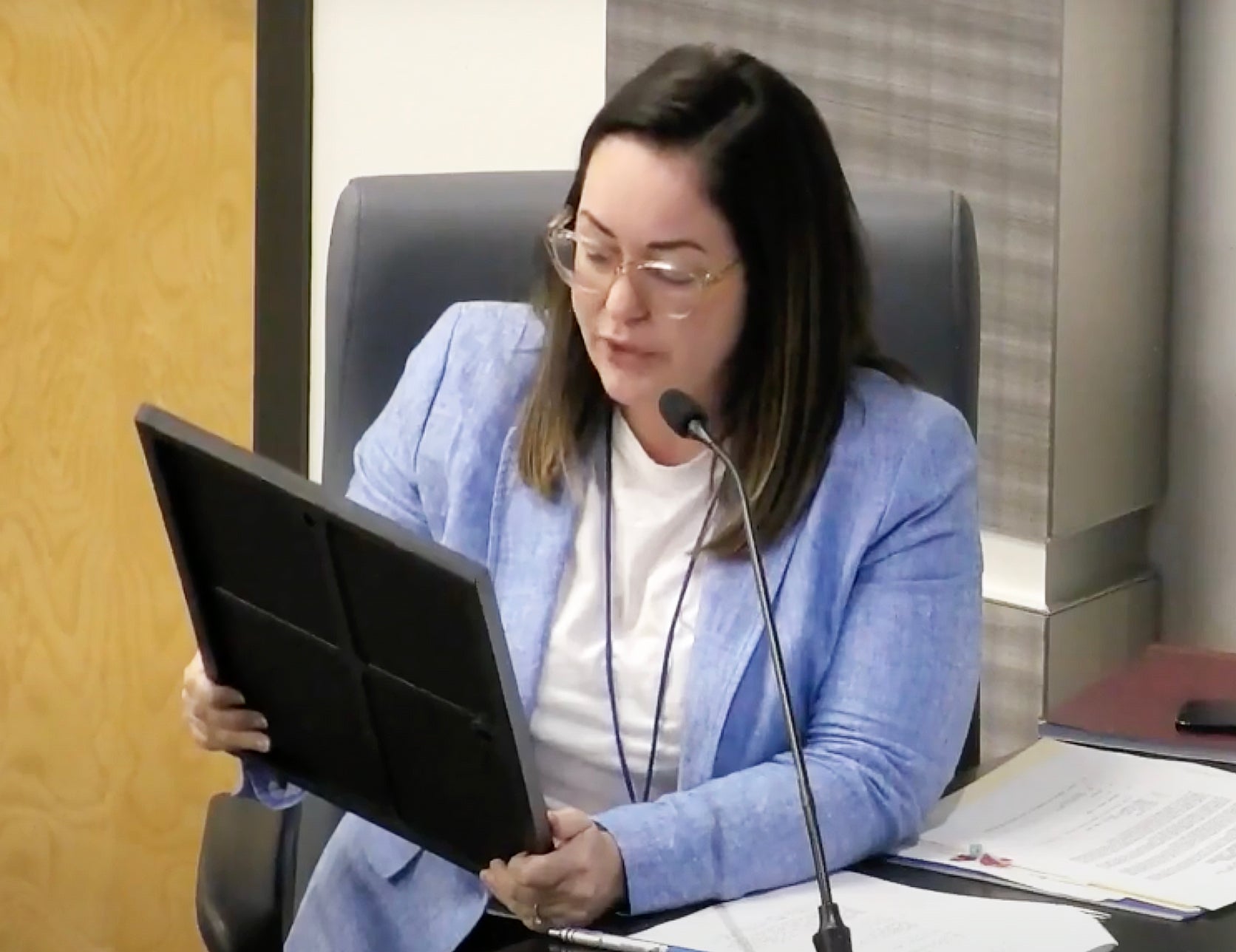Heritage News Forum: Gunning for your rights care of the dead
Published 12:00 am Wednesday, June 12, 2002
By EDWIN FEULNER
Pretend for a moment you’re on a plane that’s been hijacked by terrorists. Would you prefer that (a) the government shoots down the plane before it’s used as a weapon, or (b) the pilot shoots the attacker with a government-issued sidearm and lands the plane with everyone alive and unharmed?
I think most people would choose “b.” So why has Transportation Department Secretary Norman Mineta announced that the Bush administration won’t be arming pilots?
The decision seems especially perverse coming at a time when Americans are being bombarded with warnings about future terrorist attacks that the administration itself says are “inevitable.”
Understandably enough, the concept of self-preservation is riding high in the minds of many people – and it casts a new light on a seemingly insignificant debate over what critics call the Justice Department’s “new” position on the Second Amendment.
The allegedly novel reading from Attorney General John Ashcroft holds that the amendment doesn’t just authorize the arming of a state militia; it “broadly protects the rights of individuals” to own guns. This position mirrors that held by the government from the dawn of the Republic until the 1930s.
Since the amendment plainly upholds “the right of the people to keep and bear arms,” such a view hardly seems reasonable. But critics, noting that the amendment opens by saying, “a well-regulated militia” is “necessary to the security of a free state,” insist that Ashcroft has made a “radical shift” (as the New York Times put it) and foisted his “extreme ideology” on the rest of us (according to Michael Barnes, who heads the Brady Center to Prevent Gun Violence).
But you don’t have to do much research before you realize Ashcroft’s position isn’t exactly “radical.” According to Harvard law professor Lawrence Tribe – who argued before the Supreme Court that Al Gore won the 2000 presidential election – the Amendment recognizes the right of Americans to “possess and use firearms in defense of themselves and their homes.” In fact, he says, the federal government can’t disarm individual citizens “without some unusually strong justification.”
Numerous Supreme Court decisions reinforce this “radical” view. Yes, gun opponents like to use 1939’s U.S. v. Mlller to defend a “militia only” position. But the court said then that the militia in the American colonies “comprised all males physically capable of acting in concert for the common defense,” which doesn’t limit gun ownership very much.
Well, foes reply, America’s founders were thinking of a state-run militia when they adopted the Second Amendment. But the founders staunchly defended the right of citizens to keep and bear arms.
“Laws that forbid the carrying of arms … serve rather to encourage than to prevent homicides, for an unarmed man may be attacked with greater confidence than an armed man,” said Thomas Jefferson in his “Commonplace Book.” Alexander Hamiliton wrote in “The Federalist Papers” that no federal army could threaten our liberties if “a large body of citizens,” proficient in “the use of arms” stands ready to defend them.
Gun-control advocates may actually be shooting themselves in the foot if they fight Ashcroft’s “reversal.” Syndicated columnist Steve Chapman argues that a general concession on the right to own guns would probably help the gun-control cause. It would, he notes, strip gun owners of their emotional argument that every new restriction is just another step toward a total ban on guns. Gun-rights activists and their opponents then would have to argue against each restriction on its merits.
And we’d finally get an honest debate. How “radical.”
EDWIN FEULNER is president of The Heritage Foundation, a Washington-based public policy research institute.





